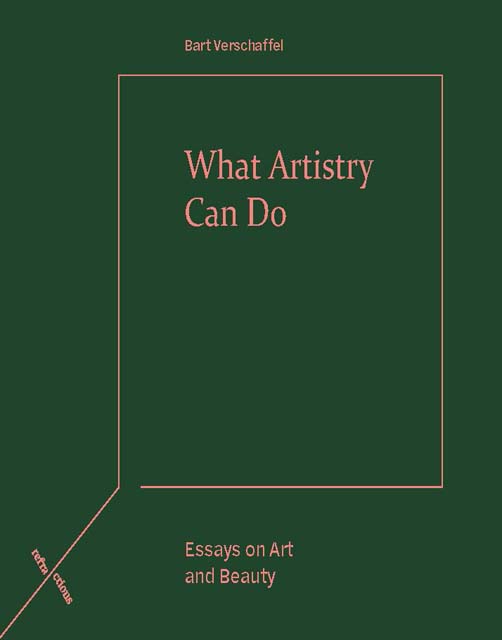3 - What Art Can Do (Malpertuis by Jean Ray)
Published online by Cambridge University Press: 18 November 2022
Summary
The gods are dying […] Somewhere in space float
corpses unheard of […] Somewhere there,
monstrous agonies are slowly coming to an end
through the centuries and millennia.
(Les dieux meurent […] Quelque part dans l’espace
flottent des cadavres inouïs […] Quelque part dans
cet espace, des agonies monstrueuses s’achèvent
lentement au long des siècles et des millénaires.)
Jean Ray, Malpertuis, 1943By the time the first humans awoke, the universe was already populated by strange creatures. There were many animals, of course, but also gods and demigods, demons, ghosts, false guides, monsters, satyrs and nymphs, divine heroes, goblins and tormentors, guardian angels and devils. Surely we did not expect to have the whole universe to ourselves? And everything that exists, that lives, that moves, wants something and hides something. What can be read in the eyes of animals, in the flight of birds, in entrails? In the beginning there was panic. ‘First of all, God created Fear’ (Primum in mundo fecit Deus timor), writes Tibullus. At first, there was a bit of consciousness, filled with fear, a tremendous release of energy, running and screaming. This was not because one did not know who or where one was: an identity crisis or just feeling lost and alone in a boundless universe is a distressing but relatively modern concern. The primal fear was not that the universe was empty but that it was overcrowded: full of presences, full of spirits and ghosts. One never knew with whom one was dealing, and on whose terrain. What for modern man are merely meanings began as forces.
Understandably, humans long to have the universe to themselves, to be alone in an entirely familiar world. That is what we expect from the house today: a house is a home. Yet we retain a vestigial awareness that our appropriation of the universe is never entirely successful or secure, and that the places in which we live can never be completely domesticated. The anthropology of building and dwelling shows founding a home to be a risky affair: the site must always be purged of dark and hostile forces; it must be purified.
- Type
- Chapter
- Information
- What Artistry Can DoEssays on Art and Beauty, pp. 26 - 33Publisher: Edinburgh University PressPrint publication year: 2022

